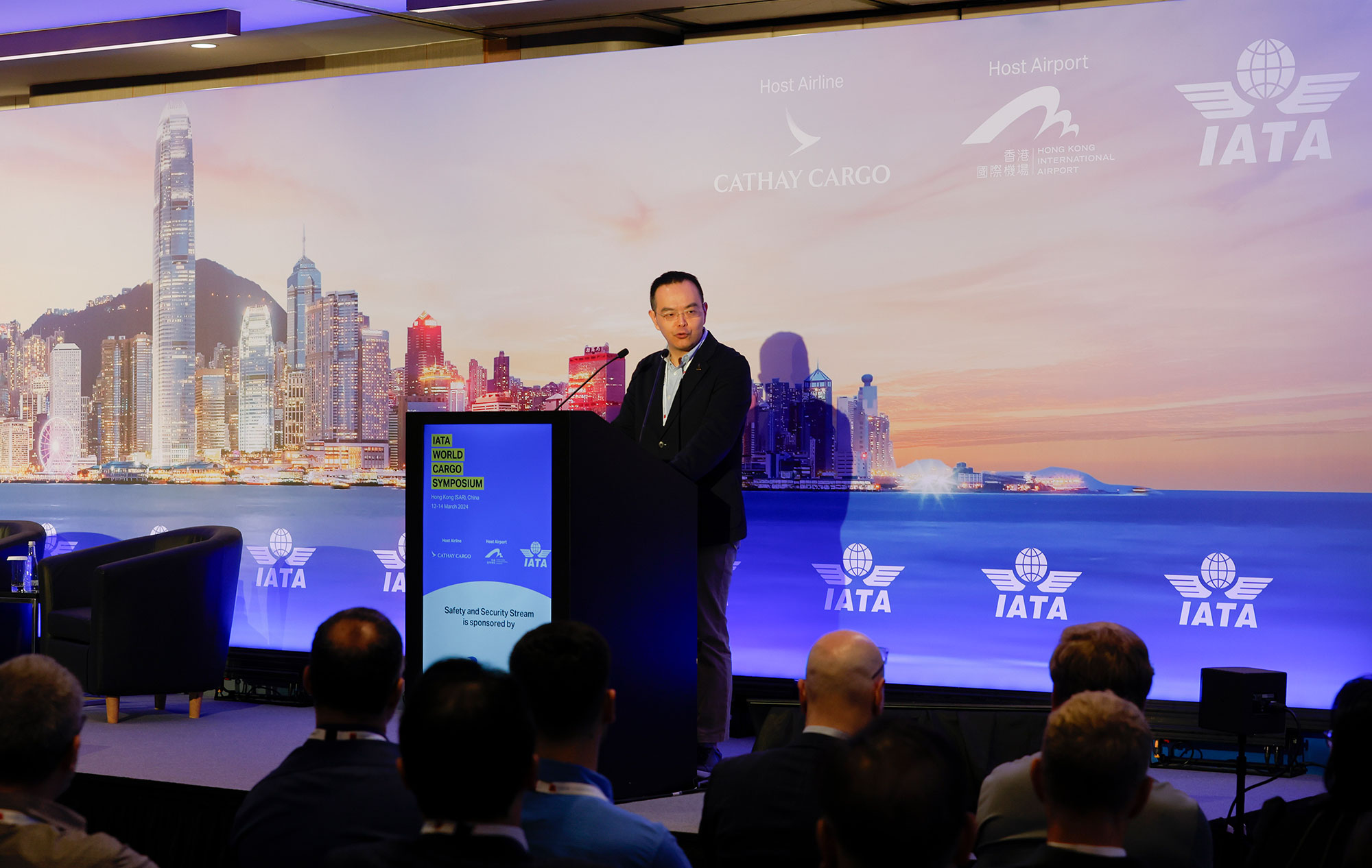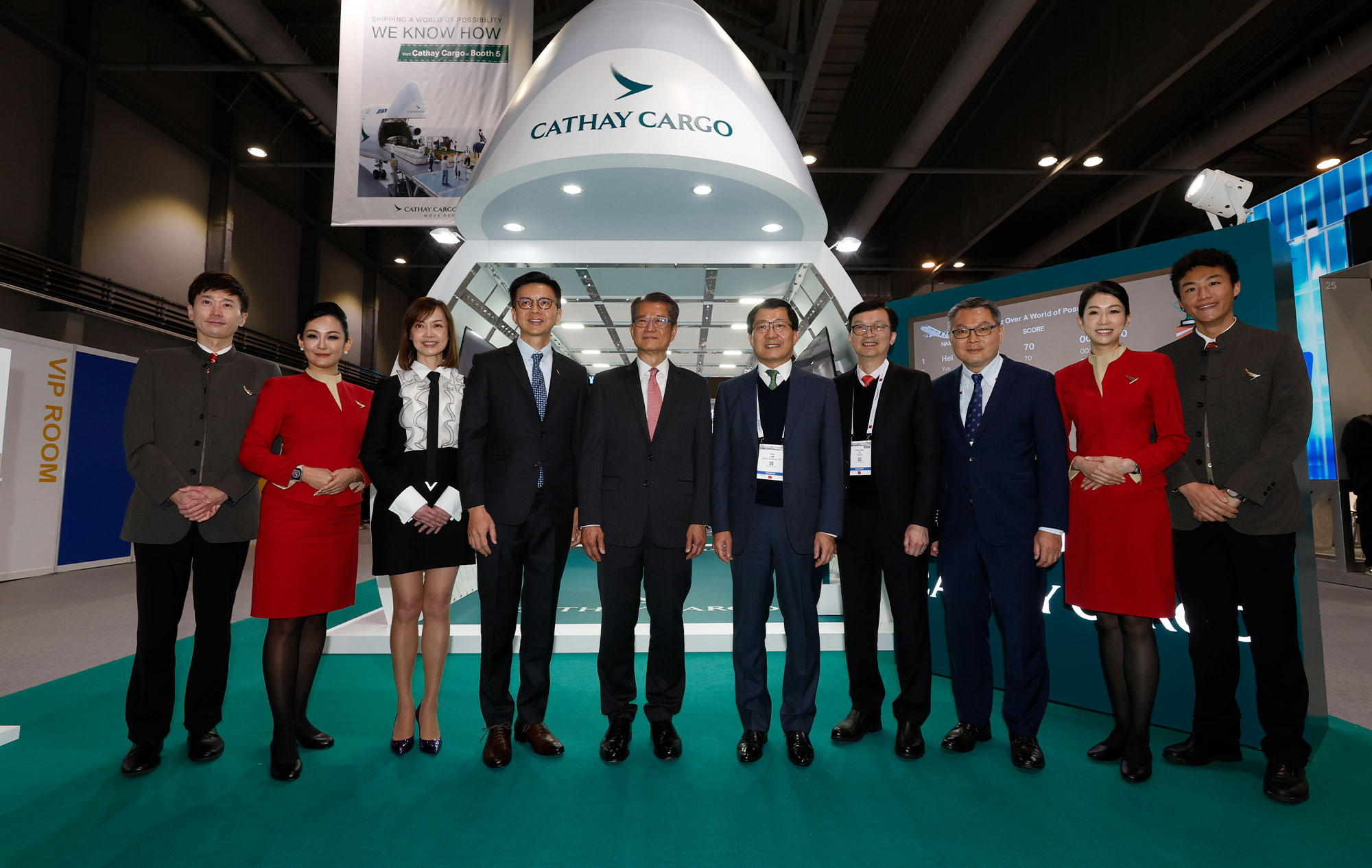Hong Kong regained its place as the number one international cargo hub in 2021 after a year’s hiatus caused by the pandemic, but it’s not a guaranteed title for 2022 either. As everyone is aware, quarantine restrictions on flight crew have not made Hong Kong the easiest place for flying during COVID, and that has particularly been the case this year.
Against a backdrop of the Omicron wave of infection in the city, and lockdowns across the border in the Chinese Mainland, there have been ongoing challenges for cargo capacity, while the changes in quarantine restrictions have severely affected the lives of Cathay Pacific’s flight crew.
But while we can all thank pilots for their efforts to keep the cargo flying, albeit with less capacity than everyone would like, a lot goes on in the background to ensure that any flying can happen at all.
Anita Lo is Acting Head of Cargo Network and Scheduling, and she has been in the thick of it, negotiating the constant changes to the shifting pandemic landscape. Take last November when, despite the capacity shortfall caused by grounded passenger aircraft, the Planning team produced schedules that saw Cathay Pacific’s freighters flying more than ever before. Combined with the cargo-only passenger (COP) flights and charters, this took cargo capacity to around 70 per cent compared to the same period in pre-pandemic 2019.
‘At that point, our freighter crew was basically not affected at all by quarantine restrictions. We actually had the most exemptions,’ says Lo. ‘But then, overnight, we were suddenly subject to the strictest quarantine policy that we’ve ever had.’
That was in January as the pandemic’s fifth wave, powered by the Omicron variant, hit Hong Kong. It led to a suspension of the flying programme while the Planning and Flight Operations teams went back to the digital drawing board to rethink how they could keep as much cargo flying as possible.

In the space of just two weeks, the crewing team activated the closed loop mechanism, which requires freighter crews to operate in a bubble away from home over a longer period. ‘That enabled us to rebuild our transpacific frequency, with just seven flights a week to start with, and then nine as they found the additional closed loop volunteers,’ says Lo.
Creativity and agility have been born of this adversity. The crewing teams had to devise different patterns of closed loop rosters to encourage more volunteers, while the Cargo Commercial team made the switch from a predominantly long-haul schedule to regional. This not only kept non-closed-loop pilots flying, but also backfilled some of the lost capacity. ‘Although we are down to about 40 per cent of our freighter capacity, the passenger and COP flights have taken overall cargo capacity back up to about 30 per cent against 2019,’ says Lo.
Much of the other reclaimed capacity has come from charters. And with two flights to the South West Pacific and then two weekly freighters to Frankfurt starting, the long-haul business has received another capacity boost.
There is much more to come. Following last month’s lifting of the ban on the nine countries operating passenger flights to Hong Kong, the Hong Kong SAR Government has now adjusted quarantine restrictions for freighter crew, effective from May. This too will necessitate a return to the drawing board to rebuild the schedule and make as much capacity available as possible – another, albeit more uplifting, challenge for the team’s newfound agility.
In the past, Planning produced a considered, long-range view of the flying programme; now it has become expert at coordinating change, working to deliver a flying programme with record numbers of COP flights and charters – and at extraordinary speed.
‘Even though the cargo market is dynamic in normal times, our usual practice is to do a three-year plan, and then an annual budget operating plan for the following year, usually around October,’ says Lo. ‘Then we have the seasonal schedule twice a year, which forms the foundation that we can adjust for the monthly schedule at the start of each month.’
All of that has gone out of the window. The operating plan for this year only covered six months when it was released last September, with the operating plan for the second half of this year released in March. ‘And even with the monthly schedule, we issue two or three even within any month, so the whole workflow and lead time is totally different to normal times,’ she adds.
In those normal times, adding charters was a real juggling act thanks to full aircraft utilisation. ‘Every change would have needed to be traded off against the base schedule,’ says Lo. ‘But now, we have a lot of different charters because of the capacity reduction around the world – including to new ports where we have not operated freighters before.’

New destinations require extra thought because of the differing allocation of staff expertise and equipment on the ground, as well as work to secure landing permissions and flight filings. A new destination requires a lot of emails and calls. Even then, extra support may be required.
Cathay Pacific Cargo recently ran a series of charters to Auckland; new territory for its Boeing 747 freighter. They required a Riding Ramp Coordinator (RCO) to fly out with each flight to support the Auckland ground team when loading. But even with plans in place, the first flight of this series was threatened because of Hong Kong’s fifth wave. ‘There was only one RCO available, because the others were either ill or isolating,’ explains Lo.
As a last resort, this last available RCO volunteered to stay in the crew hotel a few days before the flight. It’s lucky he did, because his apartment building reported a COVID case after he checked in, which would otherwise have affected his ability to report for duty. But this is also indicative of the lengths that people across the business will go to find solutions to support charters and the Cargo business.
Lo is now working with the Engineering team to see if they can bring the freighter fleet’s summer maintenance programme forward while some planes aren’t yet back in the skies, so that they are ready to roll and stay busy as the schedule is rebuilt.
‘We always say that the ‘new normal’ is that there is no normal anymore,’ she says. ‘But all these limitations are definitely stimulating more creativity and willingness from our teams. I think the current dynamic makes it easier for people to cope with change.’
That may prove to be a very good thing in the long run, with Cathay Pacific Cargo proving itself to be a more flexible, more responsive business partner than ever before.








